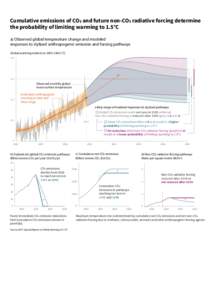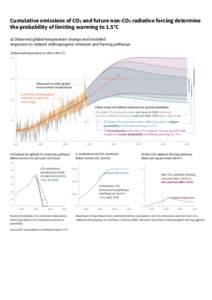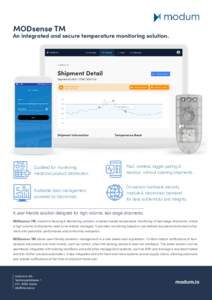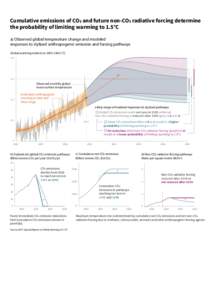<--- Back to Details
| First Page | Document Content | |
|---|---|---|
 Date: 2014-06-30 18:08:23Temperature Vapor-compression refrigeration Refrigeration Chiller Refrigerant Cooling tower Air conditioning HVAC Heat pump and refrigeration cycle Heating ventilating and air conditioning Technology Mechanical engineering |
Add to Reading List |
 Improving Winery Refrigeration Efficiency The Australian Wine Research Institute AWRI
Improving Winery Refrigeration Efficiency The Australian Wine Research Institute AWRI


